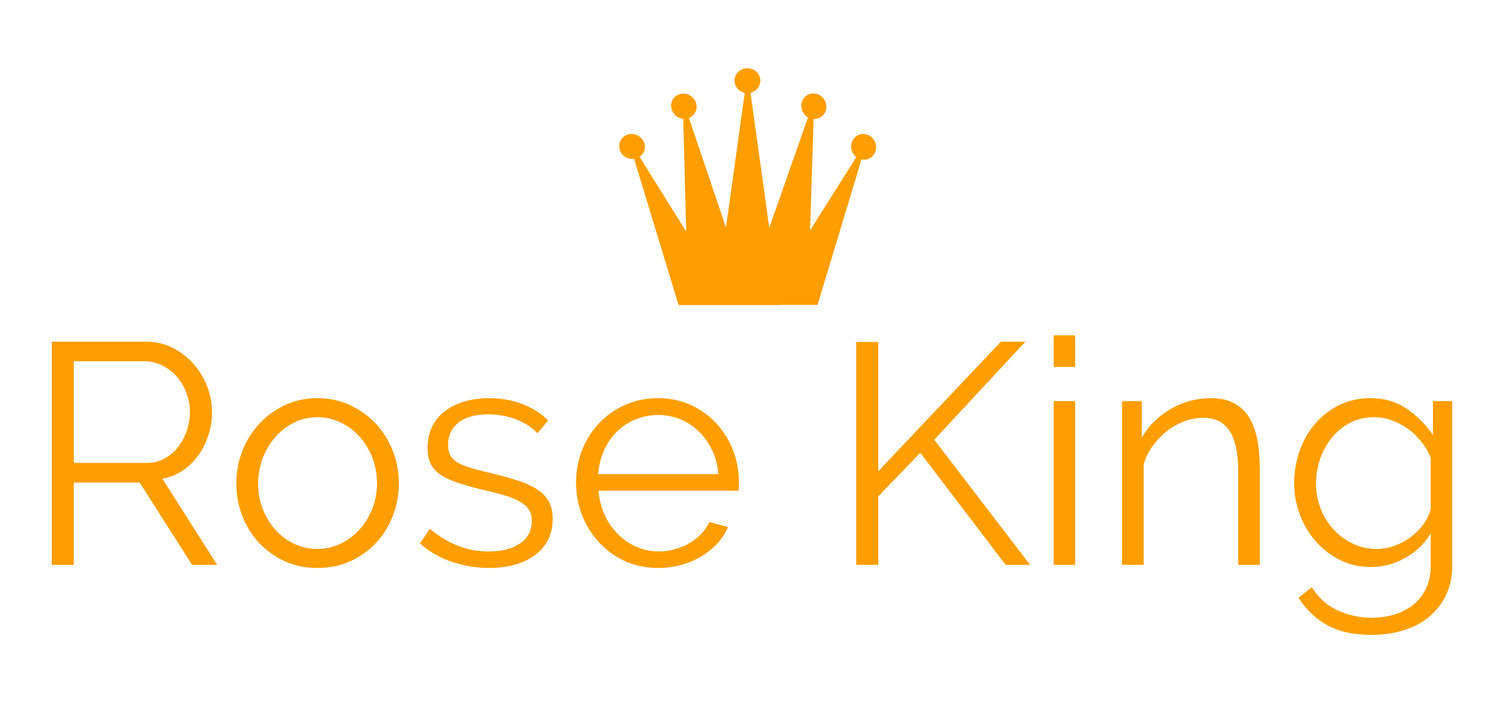Here’s a 15-second challenge for you. What process is described in the paragraph below?
Begin by sorting items into piles by color. At the same time, set aside individual pieces that require specialized care. Leave these items until later. Load one pile at a time into the machine, add cleanser, and hit “start.” Now begins the waiting game.
The answer is doing laundry. If you’re like most people, you probably didn’t ‘get it’ until near the end of the paragraph.
Now, what if I add a new sentence at the beginning?
Doing laundry is easy. Begin by sorting items into piles by color. At the same time, set aside individual pieces that require specialized care. Leave these items until later. Load one pile at a time into the machine, add cleanser, and hit “start.” Now begins the waiting game.
Notice how much easier it is to understand. Not only do you ‘get it’ right away, you know what’ll come after this topic sentence: details to reinforce it.
I came across a paragraph similar to this one when I was a young Captain teaching at the Air Force Academy. And today I still love how it underscores the importance of leading with your main idea. This holds true in both written and spoken communication. (By the way, some folks in the military summarize this idea with “BLUF” or bottom line up front.)
This paragraph also shows us what can happen if, as a speaker, you’re unclear in your intro. Imagine the audience seated before you. If you fail to mention ‘doing laundry’ upfront, they are probably sitting there trying to figure out what you’re talking about. If you’re lucky, some of them may lean forward and strain to understand you. In most cases, however, folks will simply check out. Their social media feeds and Words with Friends are simply too tempting.
As humans, we need to know the main idea first, the details second. It’s how we’re wired. Just ask John Medina, a bioengineer from the University of Washington. In Brain Rules, he writes, “If you want to get the particulars correct, don’t start with the details. Start with the key ideas and, in hierarchical fashion, form the details around these larger notions.”
This explains why, in part, newspaper articles traditionally begin with a lede that includes key info: who, what, when, where, why. Details follow the opening paragraph in order of their importance. Small nuances that the journalist found fascinating but didn’t really fit into her article? They go at the end. The big, critical details of the story? They go at the beginning so the reader isn’t wondering what the story is about. (This is also why headline writers play a critical role. They’re trying to grab our attention and sell papers.)
Be clear upfront: a speech isn't a mystery novel. [Photo Credit: Chrisin Hume]
In sum, don’t string us along. Don’t make us guess the topic. And don’t think of a speech as a Dan Brown novel. Avoid this kind of confusion at all costs. It’s a senseless waste of your audience’s energy and tells them you haven’t prepared well enough. Instead tell us in the intro that you’ll be talking about ‘doing laundry’ (or whatever the topic), then enthrall the audience in your remarks that follow.
There are many other tricks like this one to writing a successful intro. Let's chat. Email me at rose@rosespeechwriter.com.

![Be clear upfront: a speech isn't a mystery novel. [Photo Credit: Chrisin Hume]](https://images.squarespace-cdn.com/content/v1/56b15eefb6aa6091b8ce7fc2/1532110242323-QUHKUL90D6TC513YEDJS/christin-hume-482925-unsplash.jpg)
![The Telephone Test is an easy tool to help you communicate more clearly & concisely. [Photo Credit: rawpixel]](https://images.squarespace-cdn.com/content/v1/56b15eefb6aa6091b8ce7fc2/1528761358908-A56NM0NBG8FZJS0A21NK/rawpixel-659505-unsplash.jpg)
![Audience size: Your message may not change, but how you deliver it should. [Photo credit: Toni Cuenca]](https://images.squarespace-cdn.com/content/v1/56b15eefb6aa6091b8ce7fc2/1528212793474-HLV8GHMVLB45XTEA5IKN/toni-cuenca-501693-unsplash.jpg)
![Grab your audience's attention from the get-go & don't let go! [Photo credit: rawpixel]](https://images.squarespace-cdn.com/content/v1/56b15eefb6aa6091b8ce7fc2/1527802583792-1WVU7PLBMEIQT2NATXTT/rawpixel-640561-unsplash.jpg)
![Did you know that our brains don't distringuish between hearing about an action and actually doing it? [Photo credit: shreekar]](https://images.squarespace-cdn.com/content/v1/56b15eefb6aa6091b8ce7fc2/1526656974673-WZ4N47RN4ACYHGBA62MZ/shreekar-p-359184-unsplash.jpg)
![[Photo credit: Brandan Church]](https://images.squarespace-cdn.com/content/v1/56b15eefb6aa6091b8ce7fc2/1524858257627-A8U0VFV3CKM26LHYE1RD/brendan-church-182747-unsplash.jpg)

![[Photo Credit: Lance Anderson]](https://images.squarespace-cdn.com/content/v1/56b15eefb6aa6091b8ce7fc2/1522107712072-Q30UZWOMODXYNKSAYKAO/lance-anderson-59327-unsplash.jpg)
![[Photo Credit: Karla Alexander]](https://images.squarespace-cdn.com/content/v1/56b15eefb6aa6091b8ce7fc2/1521586628501-AUZDGWXNALYG3FWKPNZ7/karla-alexander-190886-unsplash.jpg)